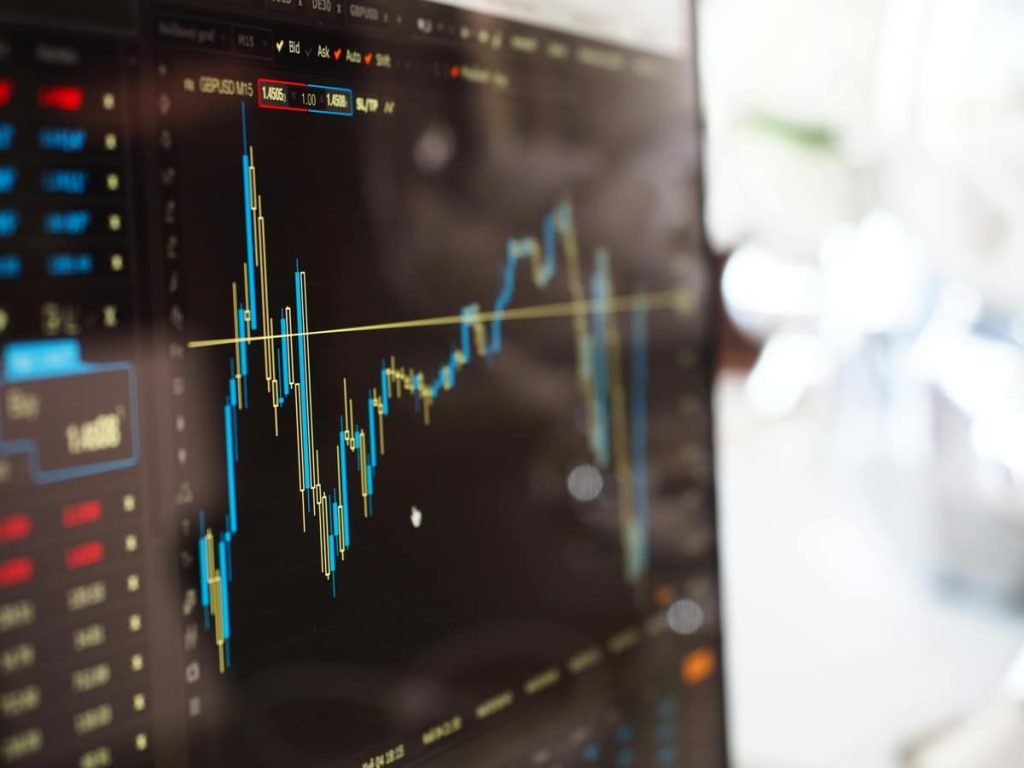
The popularity of forex trading in the Philippines and Singapore arose from the promise of very high returns and because the global currency markets are now easily accessible. However, to the absolute beginner, the world of forex may be intimidating. This article discusses some friendly beginner techniques and tips for those just starting to trade forex within the Philippines and Singapore, aiming to provide you with an understanding of the major components involved in successful forex trading.
Forex Trading: An Introduction
Forex is simply a trade in currency pairs for the sake of profit maximization based on changes within their exchange rate. For example, if you think the US dollar may get stronger compared to the Philippine peso, you would invest in the purchase of USD/PHP in anticipation of being able to sell later at a higher rate. Both Philippines and Singapore forex trading can access the global forex market from a laptop or mobile phone using online platforms like OANDA.
It is important to note that before delving deep into any strategy, a beginner must first learn the basics of trading forex: how currency pairs are structured, reading the charts and setting up a reliable trading platform.
Choosing the Correct Forex Trading Platform
The right choice of trading platform is the first step towards entering the forex market. A lot of trading platforms are available in both Singapore and the Philippines, each with different tools and features. Some popular ones, such as OANDA, MT4 and MT5, boast friendly interfaces and charting tools with real-time market data.
When selecting a platform, ensure it’s regulated by local authorities such as the Monetary Authority of Singapore (MAS) or the Securities and Exchange Commission (SEC) in the Philippines. This adds extra protection and ensures the service operates within legal guidelines.
Start with a Demo Account
The best option for a beginner to learn, without exposing oneself to real money, is to start with a demo account. Most of the platforms, like OANDA or MetaTrader, have demo accounts where you can practice in real-time market conditions without using any real money. The demo account will help to understand how the forex market works, how to test strategies and how to build confidence.
This would be an added advantage for both Filipino and Singapore forex trading if they could dedicate some time to demo accounts before going into live trades. Furthermore, it allows you to get comfortable with the features of the platform and understand how nuances of the execution of trade are built.
Understanding Economic Indicators
Fundamentals analysis deals with the economic factors that move currency values. Examples include changes in interest rates, inflation reports and employment figures, which all bear on the relative strength of a country’s currency. On the whole, traders in Singapore often closely watch decisions from the US Federal Reserve because the SGD often moves in response to monetary policy decisions in the US.
Filipino traders can, however, rely on domestic factors such as the Philippine gross domestic product growth or the inflow of remittances that would have a direct impact on the peso. Accordingly, traders in both regions can gain from better timing of buying or selling currencies if they are well-updated with current global and local economic news.
Charts and Indicators
While fundamental analysis focuses on economic events, technical analysis is the study of price charts to predict future market movements. Traders in both Singapore and the Philippines can use technical analysis tools such as trend lines, moving averages and candlestick patterns to determine entry and exit points.
The “Moving Average Crossover” strategy is one of the most popular strategies for beginners, whereby a short-term moving average crosses above a long-term moving average and thus presents one with a buying opportunity. On the other hand, if one short-term moving average cuts below the long-term one, it could also mean the time to sell has come.
Web-based platforms such as OANDA boast powerful charting applications that can help you create your technical analysis approach with the support of indicators that best suit your trading style.
How Different is it in Singapore vs. the Philippines – A Regional Perspective
While the basics of forex trading remain the same around the world, there are regional differences that shape strategies in both Singapore and the Philippines. For one, Singapore is an international financial center, meaning traders have a great number of brokers to choose from-many of which offer tight spreads and access to global markets. Singaporean traders also benefit from the country’s strong regulatory environment, ensuring a profound degree of market transparency and safety.
Contrasting that, the forex-trading environment in the Philippines is still developing. Though some platforms, including OANDA, allow access to foreign exchange markets, local regulations are not mature enough-for example, when compared with the regulations in Singapore. This, however, might mean that Filipino traders find more lenient conditions regarding some aspects of trading parameters.
What’s more, Filipino traders would show more interest in those currency pairs influencing the domestic economy, like USD/PHP, while traders from Singapore may be fond of the big currency pairs like EUR/USD or GBP/USD due to their high liquidity.
Learn, Grow and Start Small
Forex trading carries a high possibility of earnings, but at the same time, it poses risks, particularly to amateur traders. Indeed, two forex markets in the Philippines and Singapore have points in common for key success factors: the right way is to start with a demo account, start working on risk management and increase fundamental and technical analysis knowledge. Beginning traders can start small, correctly oriented and orderly pass through a maze of the forex market and build towards long-term profitability in both countries.
